5. Alice (1988, Jan Švankmajer)
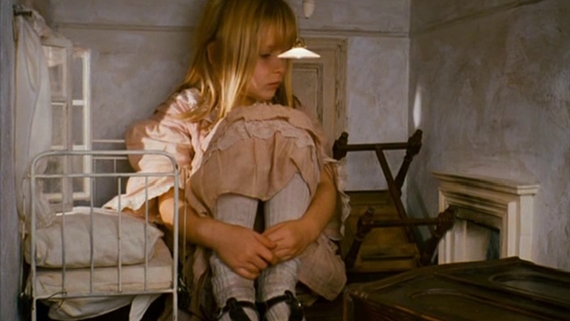
This film is stop-motion animator Jan Švankmajer’s adaptation of Lewis Carroll’s “Alice’s Adventures in Wonderland”, but what sets this apart from other adaptations of “Alice” is that rather than being a fairy tale, this film plays like a surrealist nightmare.
Švankmajer strips away the charm of many other adaptations and explores the dark nature of Carroll’s story. The film is a mixture of live-action and stop-motion animation, which is where some of the film’s horror comes from. The horrifying creatures (often portrayed as dead animals) interacting with Alice are what make the scariest scenes in the film. Adding to the film’s creepy tone is its setting, taking place in a run-down house as opposed to the more whimsical settings of other adaptations.
“Alice” may not be the greatest re-telling of the story, but it’s fascinating to see how shockingly different Jan Švankmajer’s vision of a story so universally recognized and appreciated is.
4. Santa Sangre (1989, Alejandro Jodorowsky)
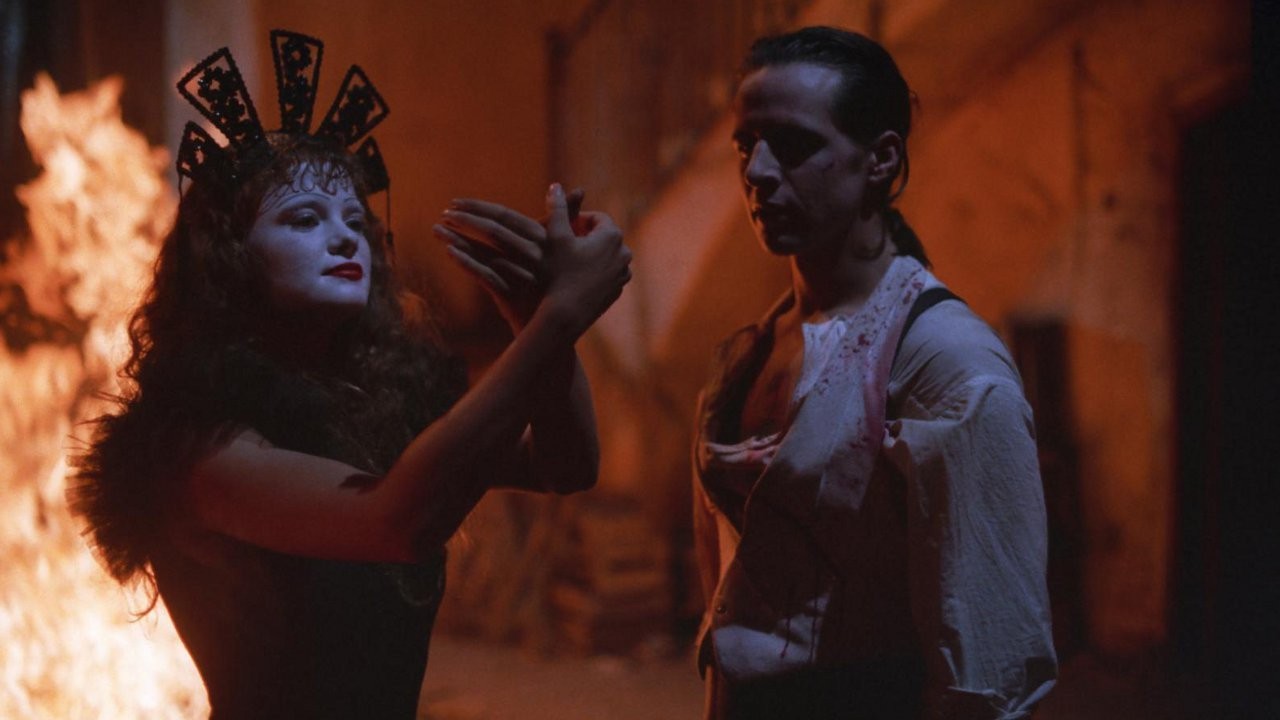
Divided into both flashback and fast-forward, The story of “Santa Sangre” is as tragic as it is scary. Fenix, the protagonist, is a patient in a mental hospital who spent his childhood performing in his family circus run by his father, a knife-thrower, and his mother, the leader of a cult that idolizes a little girl who had her arms cut off by her brothers.
One day, after the mother discovers her husband with another woman, she pours acid on his genitals. Later, the husband retialiates by cutting his wife’s arms off before killing himself. Back in the present day, Fenix escapes from the hospital and returns to his mother. Together, the two commit a series of grisly murders, Fenix acting as his mother’s arms.
The film is exceptionally crafted and certainly one-of-a-kind. Filled with surreal images, dark humor and psychological drama, “Santa Sangre” often blurs the line between madness and imagination in a way that is both frightening and oddly endearing.
Though it may divide audiences unfamiliar with Alejandro Jodorowsky, “Santa Sangre” is a creepy, but often funny surrealist horror film in which something new can be noticed with each viewing, making it endlessly re-watchable.
3. Ichi the Killer (2001, Takashi Miike)
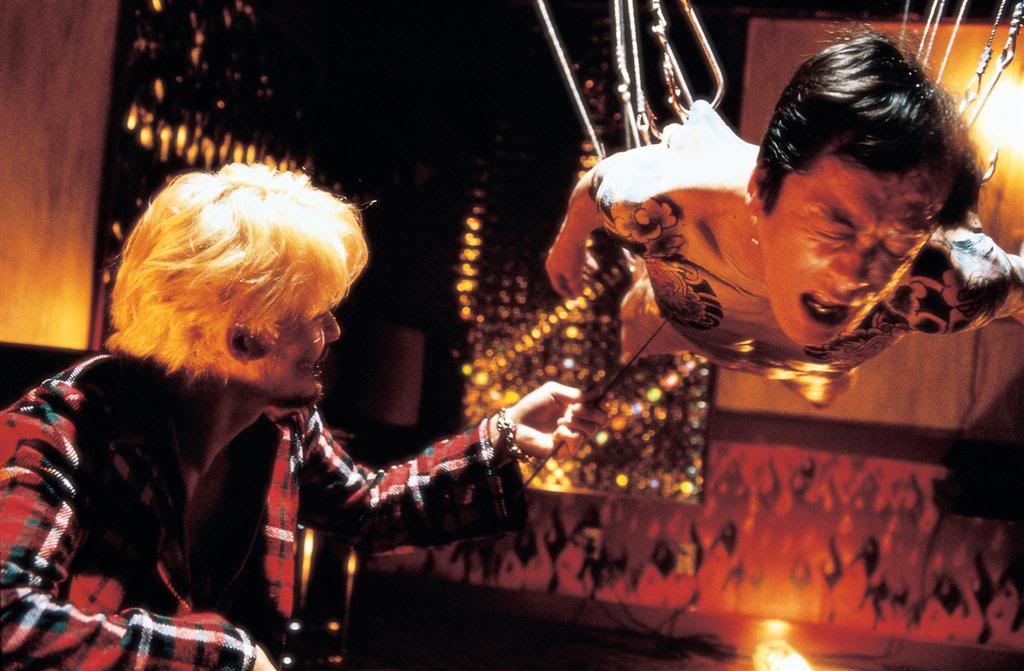
Directed by highly controversial cult filmmaker Takashi Miike, “Ichi the Killer” is one of the goriest films ever made. Some scenes are stomach-churning, others are ridiculously over-the-top, so this may not be an easy viewing for most audiences. The premise alone is likely to turn audiences away. A yakuza boss is murdered by an unseen assailant, but a cleaning crew immediately removes any trace of the crime.
The next day, Kakihara, a sadomasochistic enforcer (Tadanobu Asano), learns about the disappearance of his beloved boss and begins to question Tokyo’s underworld of his whereabouts. In his quest, he comes across Ichi, a sexually repressed killer (Nao Ōmori) who slices people in half with a bladed boot.
“Ichi the Killer” is, by all means, a transgressive film. Graphic violence occurs with shockingly regularity leaving nothing to the imagination while using confusing editing, a convoluted storyline and an eccentric, but mostly sadistic cast of characters to disorient the audience.
“Ichi the Killer” has gained significant amounts of controversy since its release due to its graphic content resulting in it being banned in Norway, Malaysia and Germany. Its graphic violence and shocking subject matter will naturally turn people away, but for fans of J-horror, it’s a must-see.
2. Antichrist (2009, Lars von Trier)
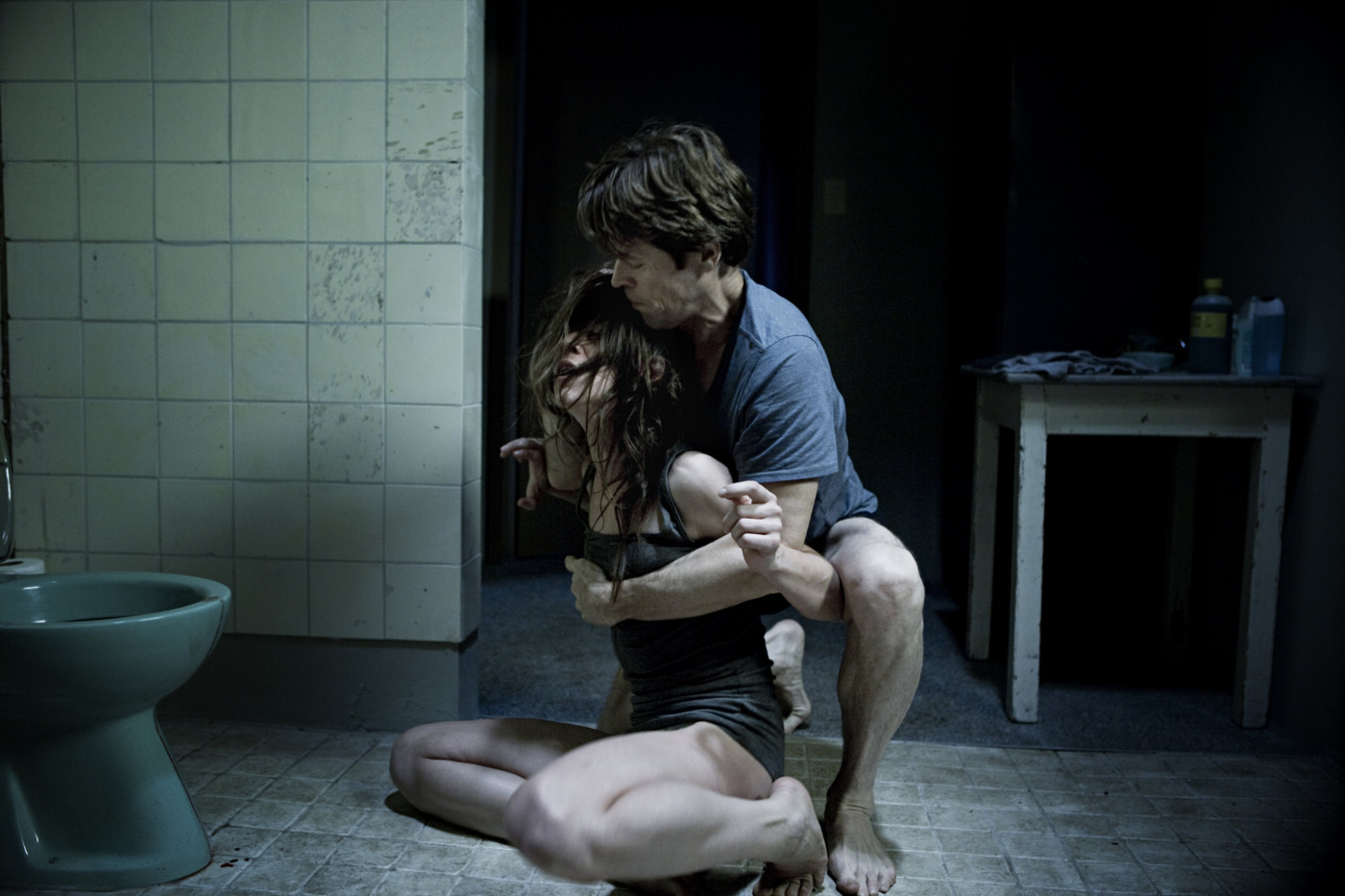
The first film in Lars von Trier’s Depression trilogy (later followed by Melancholia and Nymphomaniac) is one of the best films you’ll never want to watch again.
Willem Dafoe and Charlotte Gainsbourg star as an unnamed married couple who stay at a cabin in the woods while grieving the death of their infant son. The man begins to have disturbing visions about the woods while the woman begins to exhibit violent sexual behavior.
Much of the film’s horror comes from the woods itself: von Trier does a fantastic job of giving it an unsettling atmosphere. Also worth noting is Charlotte Gainsbourg’s frightening performance: as the film progresses, her character begins to lose her sanity which Gainsbourg does fantastically without ever chewing the scenery.
Upon its release, “Antichrist” was banned in many countries due to a graphically violent scene towards the end, but that scene aside, gore is sparse, as Von Trier chose to focus more on genuine terror and intense performances from his minimal cast.
1. Under the Skin (2013, Jonathan Glazer)
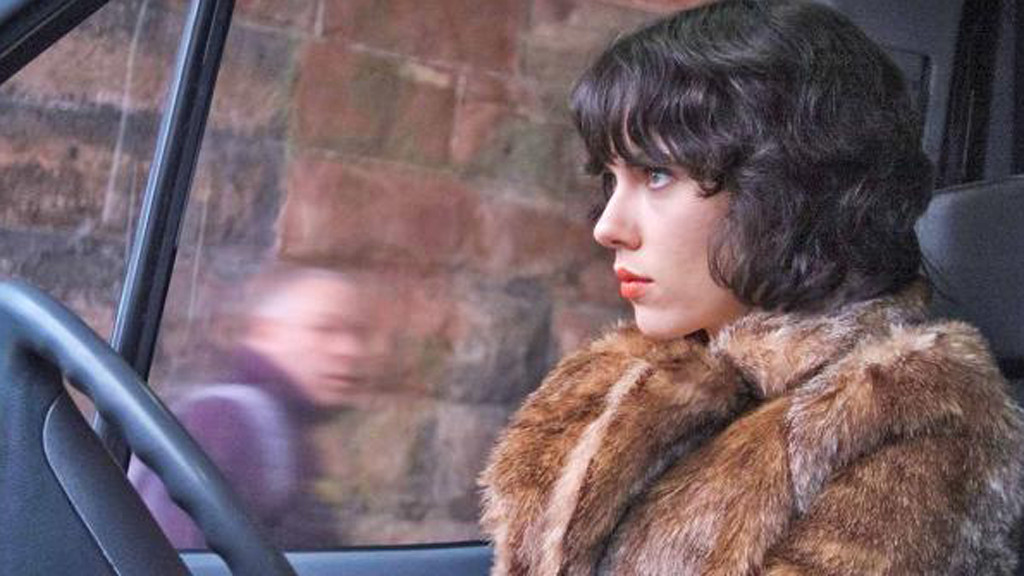
Very loosely based on Michel Faber’s novel, “Under the Skin” doesn’t have much in the way of plot focusing on an extraterrestrial woman (Scarlett Johansson) who drives through the streets of Scotland picking up men ostensibly for sex. They go to a dilapidated house and undress until the men are submerged in a liquid abyss (the reasoning or purpose behind this is never explained).
The doomed men in this film are not actors, but people who happened to be on the street at the time. The film used hidden cameras to capture the unscripted conversations between the men and the Johansson character, giving the film a feeling of authenticity that makes the men’s fate all the more disturbing.
“Under the Skin” was a box-office bomb and received a polarizing reaction from critics and audiences: some calling it a masterpiece, others calling it a pretentious bore. “Under the Skin” is certainly a work of art using mostly static camerawork and a foreboding atmosphere to create a surreal and haunting film unlike any other.
Author Bio: Raine is a cinephile and aspiring filmmaker living in St. John’s, Newfoundland and Labrador. He enjoys films from all countries, genres and eras, but is especially fond of the New German Cinema films of the 70s.